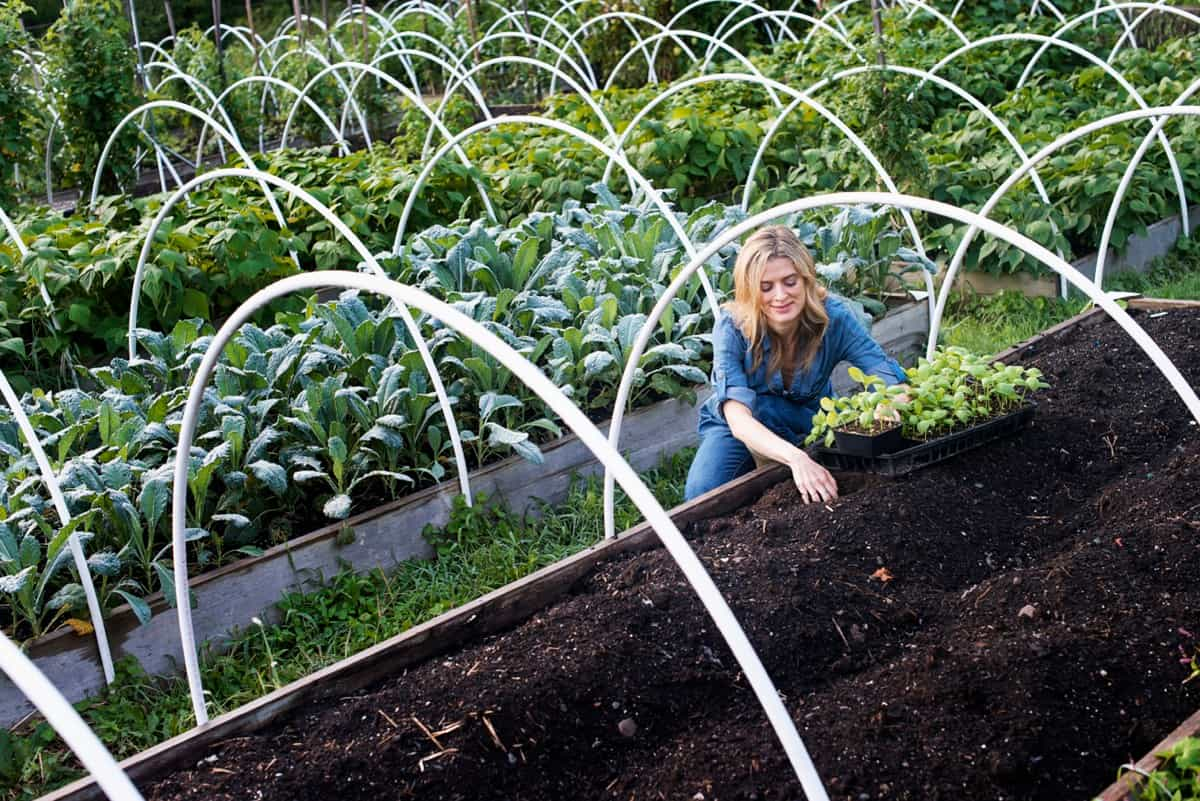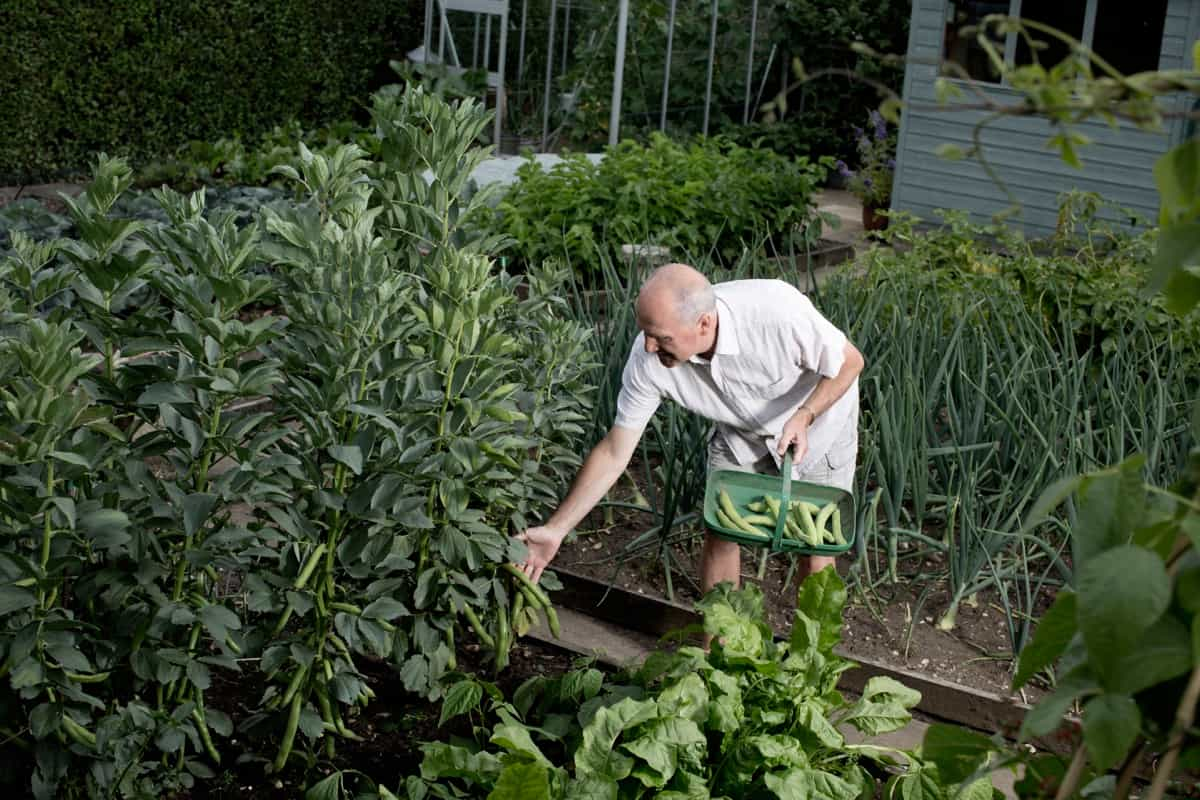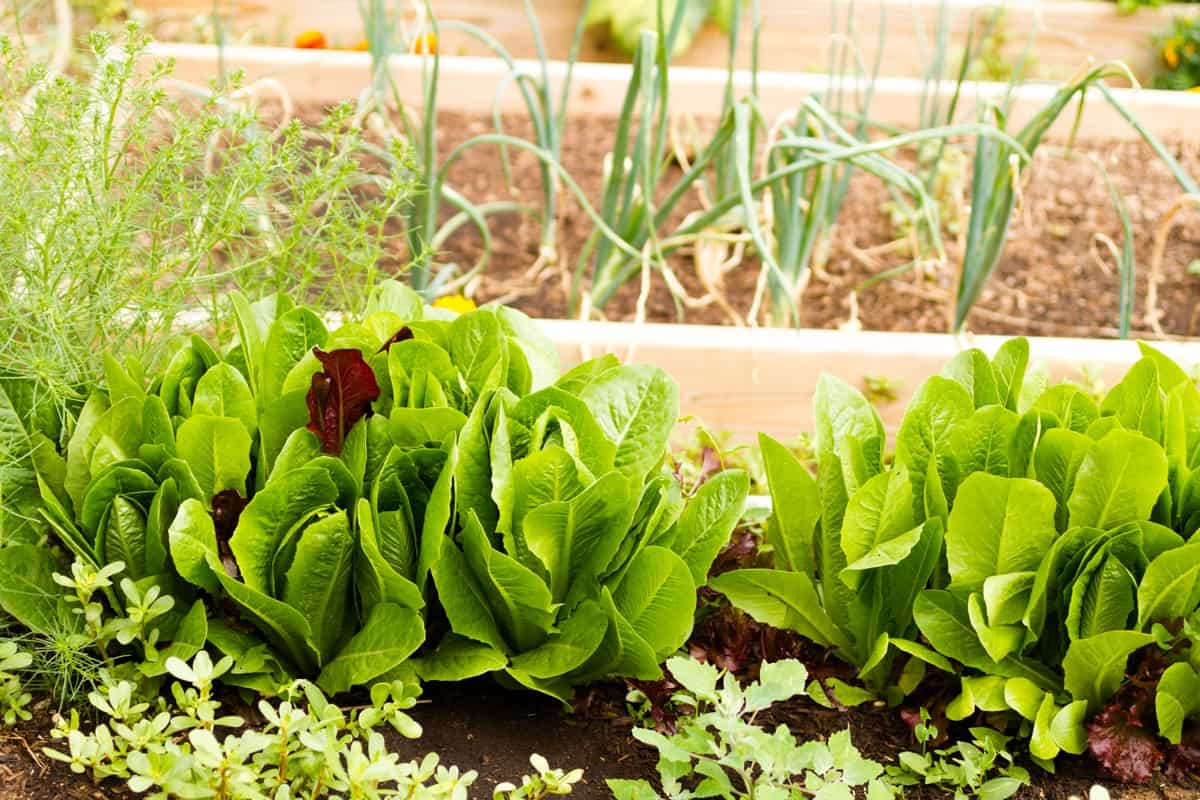When should you start planting a garden in Kansas? This question is on the minds of many new and experienced gardeners alike. Understanding the climate and growing season is crucial for a successful garden in the Sunflower State. How long is the growing season in Kansas, you ask? Well, it varies from the eastern to western parts of the state.

This article serves as your comprehensive Kansas garden planting guide, covering everything from the best month for planting vegetables to specifics like when to plant tomatoes and spinach in Kansas. Refer to the Kansas vegetable planting calendar and the Kansas City planting calendar for city-specific details. We’ll also discuss what vegetables can be planted in July in Kansas and offer tips from a Kansas flower garden planting guide.
When to Plant Vegetables in Kansas
Understanding Kansas’s Climate Zones
Kansas has diverse climate zones ranging from humid continental in the east to semi-arid in the west. This difference impacts the duration of the growing season, typically spanning from late April to early October in eastern Kansas and from late May to early September in western Kansas. Knowing your climate zone will help you decide what and when to plant.
Factors Affecting Vegetable Planting Dates in Kansas
Soil temperature, last frost date, and first frost date are key factors affecting vegetable planting dates in Kansas. Local weather patterns can also play a role. For instance, a late spring frost can delay planting schedules, while an early fall frost can prematurely end the growing season. Being flexible and ready to adjust your planting plans is important.
Planting Vegetables in Eastern Kansas
Eastern Kansas has a longer growing season than the western part of the state. The best time to plant early spring vegetables like spinach is late March or early April. Tomatoes should be planted in late April to early May after the danger of frost has passed. Refer to the Kansas City planting calendar for more specific guidelines. Various vegetables can also be planted in July, including beans, cucumbers, and summer squash.
Optimal Vegetable Planting Times for Western Kansas
In western Kansas, the growing season is shorter. Early spring vegetables should typically be planted in late April or early May. Tomatoes and spinach can both be planted in the late spring, typically in May. Due to the shorter growing season, some warm-season vegetables like peppers and eggplants might not be ideal choices here.
In case you missed it: Best Container Plants for Kansas: For Vegetables, Flowers, Herbs in Winter, Shade, Full Sun

Vegetable Planting Schedule for Kansas
Consider the Kansas vegetable planting calendar and localized resources for a detailed vegetable planting schedule. Early spring is ideal for leafy greens like lettuce and spinach. Early spring and summer are good for tomatoes, peppers, and cucumbers. Some vegetables like radishes and carrots can be planted multiple times in a season for a continuous harvest.
Recommended Vegetables for Early Spring Planting in Kansas
In early spring, focus on cold-tolerant vegetables. Spinach, lettuce, and peas are excellent choices for planting in eastern Kansas in late March to early April. In western Kansas, you might have to wait until late April for optimal soil temperatures. These vegetables can tolerate light frost and are great for kick-starting the growing season.
Late Spring and Early Summer Vegetable Planting Guide for Kansas
As temperatures rise, it’s time to plant warm-season vegetables. Tomatoes are popular and should be planted in late April to early May in eastern Kansas and mid to late May in western Kansas. Zucchini, summer squash, and green beans are other good options. Don’t forget, you can plant several vegetables like beans and cucumbers in July in Kansas as well.
Fall Vegetable Planting Tips for Eastern Kansas
Fall is another opportunity to extend your growing season. You can sow vegetables such as radishes, carrots, and leafy greens in late summer to yield a fall crop. In eastern Kansas, you can even try a second round of spinach in early September. Being aware of the first expected frost date is crucial for fall planting.
Ideal Fall Planting Dates for Western Kansas
The growing season in western Kansas is generally shorter, so fall planting must be carefully timed. The ideal window for planting fall vegetables is late July to early August. During this period, you can plant cool-season crops like radishes, beets, and some lettuce varieties. These vegetables can withstand the lower temperatures expected as the season advances.
You also have the option to plant quick-growing crops like arugula and baby spinach, which can be harvested before the first hard frost. Because the first frost date can be earlier in western Kansas than in the eastern region, it’s important to check local frost date predictions and adapt your planting schedule accordingly. In some cases, using protective measures like row covers may extend your growing season, allowing you to harvest even after the first light frost.
When to Plant and What Vegetables to Grow in Kansas in Winter
Though winter gardening in Kansas presents challenges due to cold temperatures and potential snowfall, it’s not impossible to grow certain vegetables. Some gardeners opt for indoor gardening during these colder months, using containers and grow lights to cultivate herbs like basil, mint, and parsley. For outdoor gardening, focus on cold-hardy vegetables like kale, collards, and certain types of winter lettuce, which can be planted in late fall for a winter harvest.
In case you missed it: Oak Leaf Lettuce Overview: History, Origin, Varieties, Nutritional Benefits and Growing Tips

These plants can often withstand freezing temperatures, especially with frost blankets. If you’re considering a winter garden, preparing before the first heavy frost arrives is crucial, as the ground can become too hard to work with. Raised beds and cold frames can offer an extended growing period, giving you fresh vegetables even during winter. Always refer to local planting guides and calendars to maximize your chances of winter gardening success.
Vegetable Planting Schedule/Calendar Table for Kansas
| Season | Eastern Kansas | Western Kansas | Vegetables |
| Early Spring | Late March-Early April | Late April-Early May | Spinach, lettuce, peas |
| Late Spring | Late April-Early May | Mid-Late May | Tomatoes, peppers, cucumbers |
| Early Summer | June | June | Green beans, zucchini |
| July | July | July | Beans, cucumbers, summer squash |
| Late Summer | August | August | Radishes, carrots |
| Early Fall | Early September | Late July-Early August | Leafy greens, beets |
| Winter | Indoor planting | Indoor planting | Herbs like basil and mint |
In case you missed it: When to Plant Vegetables in Arizona: Growing Calendar for Northern, Southern, and Central Regions

Conclusion
Whether you’re an experienced gardener or a beginner, it’s essential to grasp the climate zones and planting timelines in Kansas for a productive harvest. Each season from early spring to winter offers unique opportunities to grow various vegetables, enriching your table and life.
- Feed Your Flock for Less: Top 10 Tips to Save on Chicken Feed
- Ultimate Guide to Ossabaw Island Hog: Breeding, Raising, Diet, and Care
- Hatching Answers: The Top 10 Reasons Your Chickens Aren’t Laying Eggs
- Eggs and Economics: Breaking Down the Cost of Raising Backyard Chickens
- Defend Your Greens: Proven Methods to Keep Iguanas Out of Your Garden
- Ultimate Guide to Cinnamon Queen Chicken: A Comprehensive Guide for Beginners
- Ultimate Guide to California Tan Chicken: Breeding, Raising, Diet, Egg-Production and Care
- Ultimate Guide to Marsh Daisy Chicken: Breeding, Raising, Diet, and Care
- 10 Types of Chicken Farming Businesses You Can Start for Profits